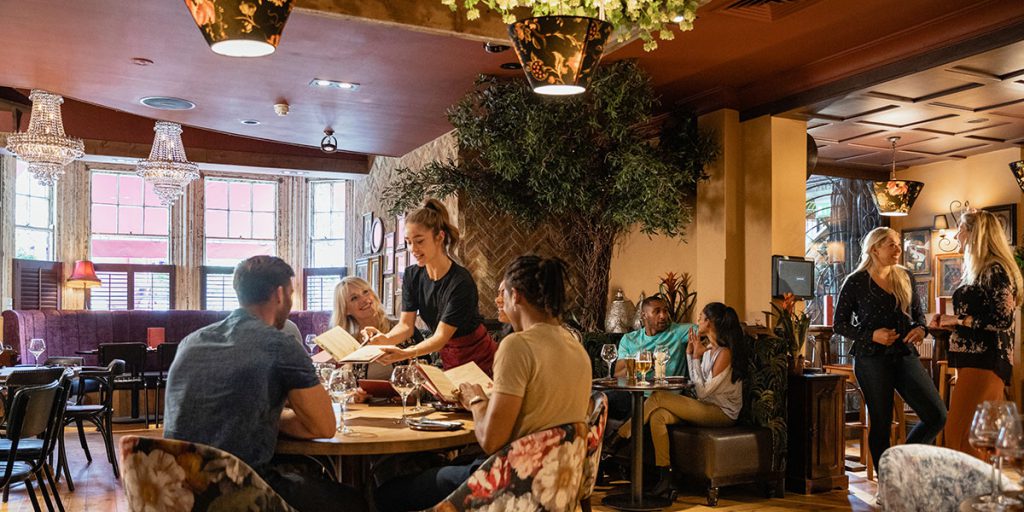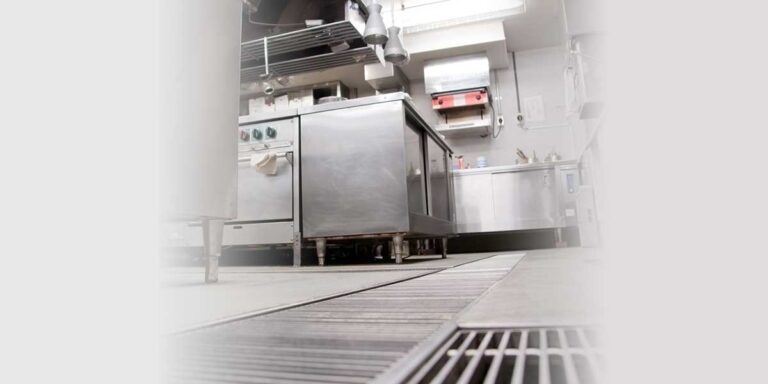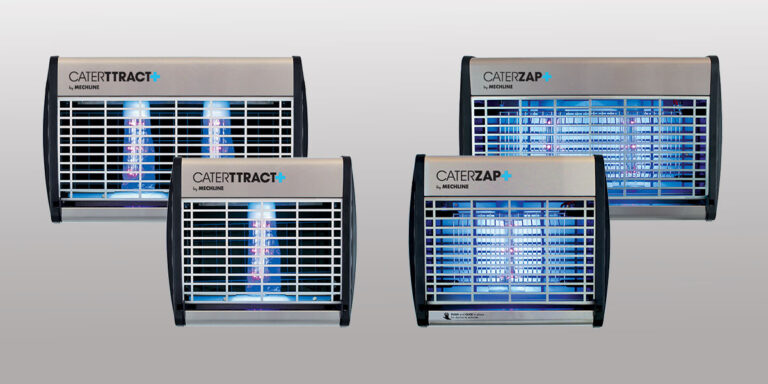What will I learn?
-
- The challenges of maintaining clean air
- The effectiveness of different solutions
- The importance of doing your research
- The importance of testing manufacturers claims
- How to find a simple solution that can effectively provide you with clean air
Life is starting to feel a bit like old times. In some parts of the world, we can once again choose where we go, and how often. How many friends we see and what we wear to see them (mask or no mask). And now, we have The UK Government’s Living with Covid Plan, so does this mean the pandemic is ending?
We are in a much better place than we were this time last year. We have a level of coronavirus immunity we didn’t have before. We have vital knowledge and anti-viral medications. But, even with this, Covid has not, and will not, disappear entirely (only yesterday 90,000+ people in the UK tested positive for Covid (17.03.2022) )
We also have a renewed threat: the common cold! With restrictions in place, we were protected from other viral diseases like cold and flu. But now, as people interact more frequently again, we have started to see an increase in transmission of airborne infections.
Scientists believe we are heading towards an endemic situation, where covid will remain present, but with relatively low spread. This means it will still circulate, and there will be new variants—possibly seasonal, just like the flu—but (we hope) there will not be the sudden and unpredictable rise in cases as seen over last 2 years.
So instead, we must protect those most at risk, and learn to live with Covid – on top of all the other respiratory viruses circulating at the same time. But how?
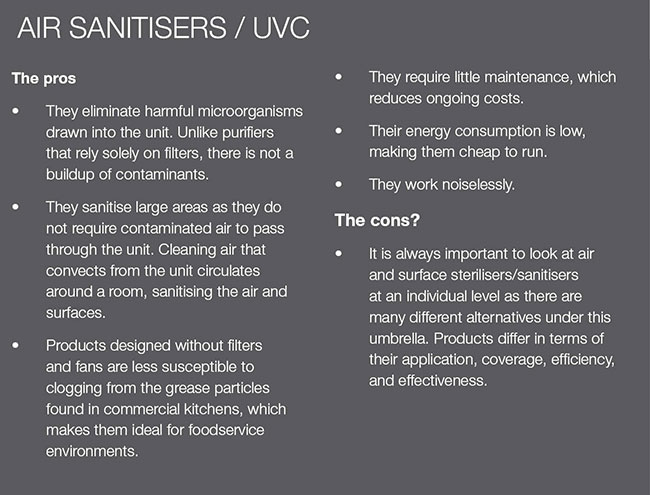
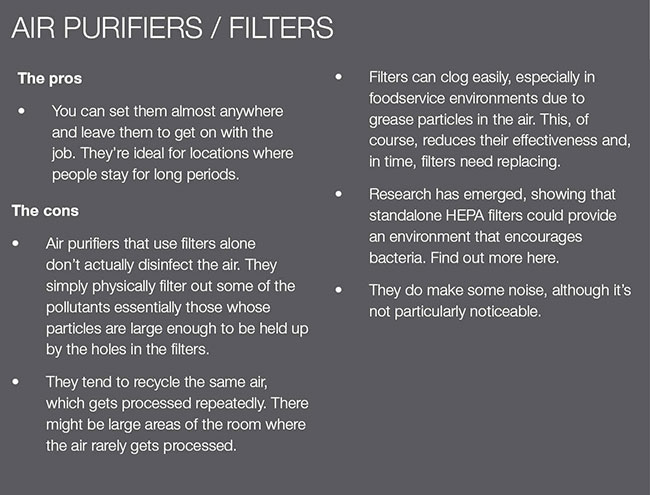
The Importance of having Clean Air
We now know that COVID-19 is an airborne disease, even though, at the start of the pandemic, this fact was underemphasised. The focus was on droplet transmission through close contact and contaminated surfaces. Everybody was urged to wash their hands, sanitise surfaces and keep a 2-metre distance. But this probably did more to reassure people, than protect them – a type of hygiene theatre and an easy trap to fall into.
In fact, it is now thought that less than 1 in 10,000 of coronavirus cases spread this way, through surface contamination. Instead, researchers believe SARS-COV-2 (the coronavirus that causes COVID-19) transmits through aerosols—produced through sneezing, coughing, talking, even just breathing! Evidence cites examples of people who have caught Covid from others in quarantine hotels room, with whom they have never had contact; virus found in locations which could only be reached by aerosols; and lower transmission in areas with ventilation. So, the answer really is clean air. But is ventilation the best way to achieve this?
Ventilation and Indoor Air Quality
Throughout the pandemic mechanical ventilation and other air cleaning devices have been underplayed. One reason for this is because priority was given to more visible hygiene measures, like mask wearing, hand cleaning and other acts of hygiene theatre. Other reasons are the perceived effectiveness, and cost.
Only more recently have governments and health care authorities switched their guidance to highlight the benefits that both ventilation and air cleaning devices can bring. And now, as the UK looks to remove the last remaining rules, everyone should consider how to control indoor air quality, in order to begin living with Covid.
First, let’s consider ventilation.
Ventilation is defined as “the movement of fresh air around a closed space” and is measured by the number of air changes per hour (ACH) – or how many times the air enters and exits the room. The process helps dilute a room of contaminated air, replacing it with virus-free air to create a cleaner air environment. As a benchmark, the NHS recommends six air changes per hour in its wards.
But how do you achieve these air changes? Ventilation can occur naturally, through doors and windows, but to achieve higher levels, large ventilation units are often installed. But these can be impractical and an expensive addition if retrofitted, with costs to install, and disruption to operations. Especially true in older building not designed for these. With so many buildings already built without mechanical ventilation the upheaval and financial implications of installation would be huge, if not impossible, in a lot of cases. Options that can be retrofitted are therefore hugely important. With ventilation, there is also the running costs to consider: Filters need cleaning and replacing, they can use a lot of electricity, and the air quality they bring is questionable. The benefits must outweigh the costs.
There are mechanical ventilation systems that only recirculate indoor air. But if this air is contaminated, this creates problems. Whatever ventilation system is installed, should draw air in from the outside, and this should be clean. If the air quality is poor outside, do you really want to be bringing that inside? Instead, you may be better looking at supplementing the ventilation you have with an air cleaning device. The HSE explains that ventilation is important because it “reduces how much virus is in the air, so it reduces the risk of breathing in the virus”. So, when we talk about ventilation, don’t we really mean clean air? There is equipment out there that reduces the level of virus in the air – and doesn’t cost the earth.
Let’s explore a few of these…
Does Opening Windows Help with Covid?
Open windows. Okay, so not quite ‘equipment’, but opening doors and windows is the simplest, and cheapest, way to get fresh air inside. However, not all buildings have windows or doors that can open to supply natural ventilation. Also, fresh air brought in from the outside isn’t always as ‘fresh’ as we would hope. Depending on your location, open windows can bring smog or excess humidity into the building – or freezing temperatures, which won’t go down well with your patrons.
So, what about more advanced technology?
What Equipment Kills Germs in the Air?
Many types of equipment are marketed as effective ways to eradicate air contaminants indoors, but some are more practical, and safer, than others. Take ozone generators for example. These can be used as powerful disinfectants – which is makes them an option in medical environments – but they can also produce high levels of ozone gas. For this reason, they must be used in vacant rooms, and these must be well-ventilated after before anyone can enter. This is a similar story for fogging machines, which disperse a fine mist of disinfectant. With both types of technology key areas must remain out of action for a prolonged period of time, during and after use, which isn’t practical when you want to run a business. See this blog to learn more on ozone generators and fogging machines use in hospitality.
Two alternative technologies recommended by the UK SAGE committee are Germicidal UV (UVC) and Fibrous Filtration (or air purifiers!). Both have promising benefits and are currently being trialled at 30 schools primary schools in Bradford – to see if they reduce aerosol transmission of COVID-19.
Air Sanitisers / Sanitisers
Air sanitisers/sanitisers use UV germicidal irradiation (UVGI), also known as germicidal UV light (GUV), Photocatalytic Oxidation, trace Ozone, or a combination of these technologies to destroy microorganisms.
Air Purifiers
Air purifiers use a fan to draw in air through filters, usually HEPA (High-Efficiency Particulate Air) filters, which capture airborne particles, including contaminants. They then expel the air.
What is better, an Air Purifier or an Air Sanitiser?
Although different products have varying degrees of effectiveness, generally what tells Air Sanitisers apart from HEPA filters is that they eliminate harmful microorganisms drawn into the unit and can sanitise large areas—as they do not require contaminated air to pass through the unit to work.
In one study, UVGI was tested against airborne Tuberculosis (TB) and the results showed that the inactivation of TB bacteria was the equivalent to 24 ACH (remember, mechanical ventilation at 6 ACH was the benchmark for NHS wards!).
Because air sanitisers of this design do not rely on filters, there is no build-up of contaminants, and they need very little maintenance. This reduces ongoing costs, and their energy consumption is low, making them cheap to run. Check out our quick comparison of the pros and cons of both above (Image A & B).
For a full comparison of air sanitisers versus air purifiers in foodservice, download this eBook.
But be warned, not all GUV and other air sanitisers on the market are tested with the same rigor. It is always important to look at air and surface sanitisers at an individual level as there are many different alternatives under this umbrella. Products differ in terms of their application, coverage, efficiency, and effectiveness. See this blog for a comparison of options.
HyGenikx, we believe, is the most rigorously tested unit of its type on the market.
HyGenikx Air and Surface Sanitisation Systems
HyGenikx works using a combination of 5 technologies working in tandem to purify contaminated air. Internally, UV germicidal irradiation (UVGI) and photocatalytic oxidation work together to eliminate micro-organisms. In addition, a plasma quattro (TI02) superoxide ions and Triatomic Oxide actively seek and eliminate bacteria, viruses, mould, fungi, and volatile organic compounds (VOCs) in the air and all surfaces.
HyGenikx is able to sanitise large areas as it does not require contaminated air to pass through the unit. Cleaning air that convects from the unit circulates around a room, sanitising the air and surfaces. Independent trials conducted by Campden BRI have confirmed that the HyGenikx air and surface sanitisation system from UK manufacturer Mechline Developments is effective at removing airborne Coronaviruses, including SARS-CoV-2 which causes COVID-19. The results of the trials proved that HyGenikx removed 99.99% of an airborne COVID-19 surrogate.
The HyGenikx range has models to suit every application, including fan-less models designed specifically for kitchens – less prone to clogging from grease build up. Other benefits include odour control and the extension of food life!
A Simple and Sensible Measure.
As one of the first countries looking to leave all restrictions behind, it’s important we start living with Covid in a controlled and cautious way. The science is clear, the pandemic is not over. We could face new variants, or a resurgence, and we must be prepared for the future. To use the Prime minister’s analogy: “the sun is shining, but we’re keeping our umbrella.” We need to take simple and sensible precautions, to protect everyone, but in a way that we can still get on with life. And clean indoor air is key to making environments safer. Effective, affordable, low-maintenance, and a long-term solution; HyGenikx is your umbrella!
To find out more about HyGenikx visit https://www.mechline.com/hgx
